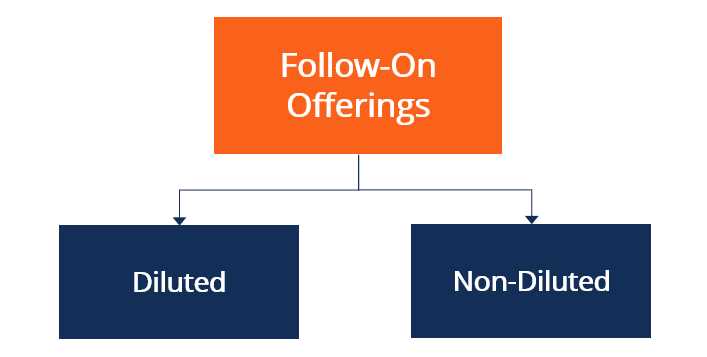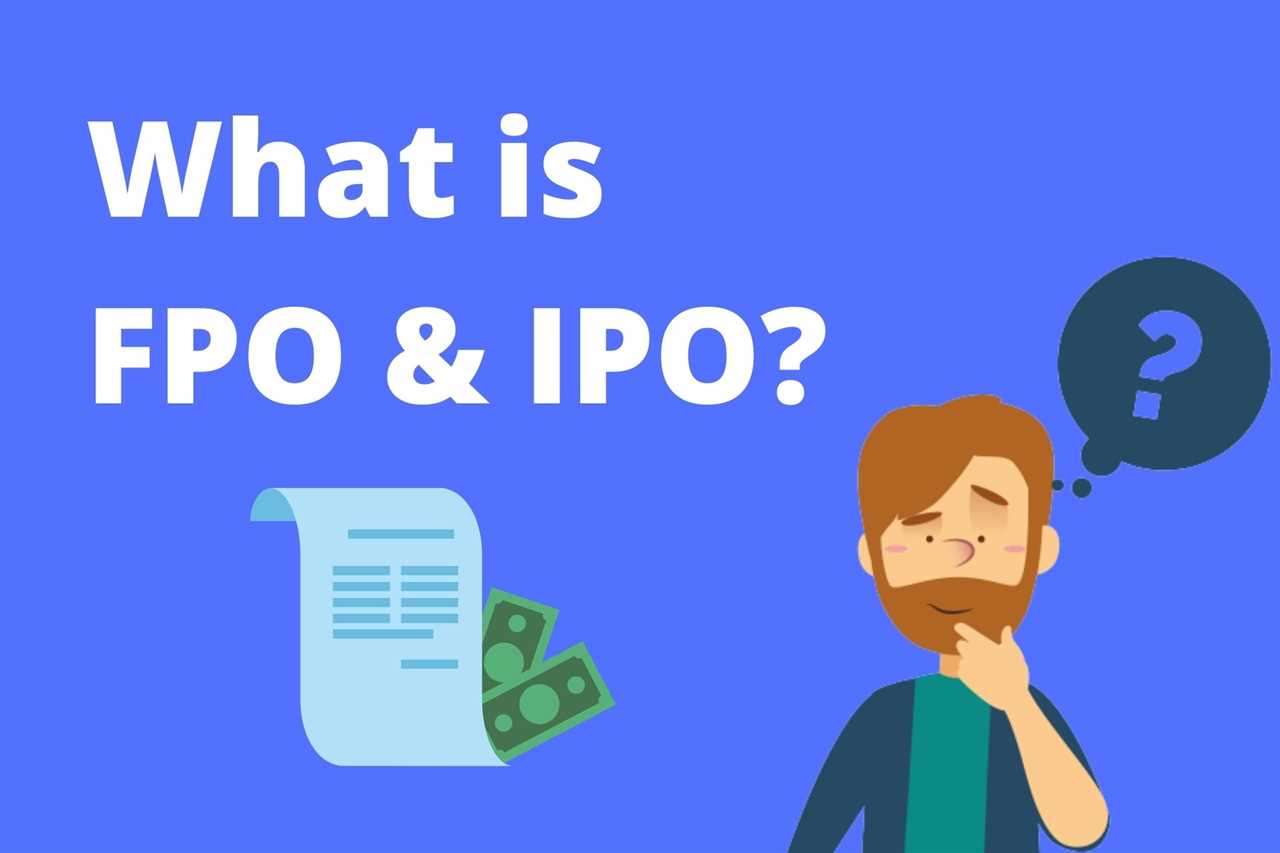Definition and Explanation

A Follow-on Public Offer (FPO) is a type of securities offering in which a company that is already publicly traded issues additional shares of its stock to the public. This is different from an initial public offering (IPO), which is the first sale of a company’s stock to the public.
When a company decides to conduct an FPO, it typically does so to raise additional capital for various purposes, such as funding expansion plans, reducing debt, or financing acquisitions. By issuing additional shares, the company is able to raise funds from new investors who are interested in buying its stock.
During an FPO, the company will work with investment banks or underwriters to determine the number of shares to be offered and the price at which they will be sold. These details are usually determined based on market conditions and the company’s financial performance.
Investors who participate in an FPO have the opportunity to purchase shares of the company’s stock at the offering price. This can be an attractive option for investors who believe in the company’s growth prospects and want to increase their ownership stake.
How Follow-on Public Offer (FPO) Works

A Follow-on Public Offer (FPO) is a process through which a publicly traded company raises additional capital by issuing new shares to the public. This can be done for various reasons, such as funding expansion plans, reducing debt, or financing acquisitions.
Here is a step-by-step guide on how an FPO works:
| Step 1: | The company decides to raise additional capital through an FPO. |
| Step 2: | The company hires an investment bank or underwriter to manage the FPO process. |
| Step 3: | The underwriter conducts a thorough analysis of the company’s financials, market conditions, and investor demand to determine the optimal pricing and timing for the FPO. |
| Step 4: | The company and the underwriter prepare the necessary legal and regulatory documents, including a prospectus, which provides detailed information about the FPO and the company. |
| Step 5: | The company files the prospectus with the relevant regulatory authorities and obtains their approval. |
| Step 6: | The underwriter markets the FPO to potential investors, including institutional investors and retail investors. |
| Step 7: | Interested investors submit their orders to the underwriter, indicating the number of shares they wish to purchase and the price they are willing to pay. |
| Step 8: | Based on the investor demand and the pricing set by the underwriter, the company determines the final price at which the new shares will be issued. |
| Step 9: | The underwriter allocates the new shares to the investors and collects the funds from them. |
| Step 10: | The company issues the new shares to the investors and receives the capital raised from the FPO. |
| Step 11: | The new shares are listed on the stock exchange, and trading begins. |
Overall, an FPO is a way for a company to raise additional capital from the public by issuing new shares. It involves various steps, including hiring an underwriter, preparing legal documents, marketing the offering, and determining the final price. By successfully completing an FPO, a company can raise funds to support its growth and strategic objectives.

Emily Bibb simplifies finance through bestselling books and articles, bridging complex concepts for everyday understanding. Engaging audiences via social media, she shares insights for financial success. Active in seminars and philanthropy, Bibb aims to create a more financially informed society, driven by her passion for empowering others.
